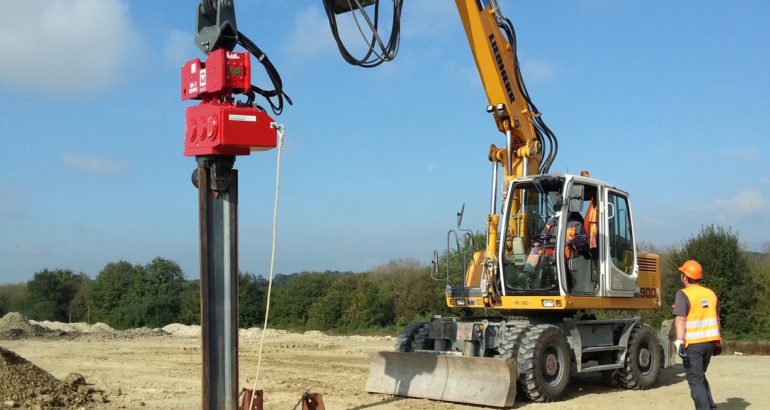Assessments of underwater noise from port construction, particularly pile driving, are becoming increasingly important as statutory bodies tighten their environmental controls to protect fish and marine mammals.
The EU’s Marine Strategy Frameworks Directive requires member states to ensure they achieve Good Environmental Status in relation to underwater noise. At a local level, underwater noise can form part of the Environmental Impact Assessment process for planning approvals. These pressures are driving twin areas of marine engineering innovation, with new noise-monitoring technology and modeling tools being matched by new techniques for quieter pile driving.
Andrew Baker, managing director of UK-based Baker Consultants, says in recent years there has been a realization that marine noise poses a significant threat to sea life, particularly species that rely on echolocation such as the harbour porpoise, migratory fish, commercial species and whales.
High levels of noise or continuous exposure to noise at levels greater than ambient can cause behavioral changes and can even be fatal. Pile-driving is required for installation of the large wind farms, the foundations are getting bigger, requiring more piling energy to be applied, meaning unmitigated piling is becoming louder as a source.
Noise modeling helps gain an understanding of the likely effects of construction work and informs what is required for mitigation. It can also help in reducing the cost of mitigation, giving the engineers the data they need to choose the most appropriate method. Depending on the outcome of the model, regulators may impose restrictions in the timing of piling (e.g. seasonal bans) or require mitigation tools to be applied.
Consultant companies have developed a noise monitoring system with a real-time reading of noise levels during operations so that the hammer energy can be adjusted.
Pile technology
Major innovations are emerging too in noise-attenuation pile technology. For example, bubble curtains reduce sound waves, using a perforated tube around the pile and pressurised air to create a sheath of bubbles. The bubbles break a share of the sound waves generated by the driver head.
A new development by the University of Washington and Marine Construction Technologies PBC in collaboration with Washington State Department of Transportation and Federal Highway Administration is the Reinhall Pile. When a hammer strikes a pile, a bulge travels rapidly down the length of the pile, disturbing the water and sediment and creating resulting sound waves. The Reinhall Pile uses a double wall design and proprietary shoe to encapsulate noise along its full length, blocking noise propagation via the water and seabed. The pile consists of an outer pile, into which a fixed or reusable inner pipe is inserted for driving purposes.
A consistent air gap is maintained between the piles, by spacers and the shoe at the base of the double-walled pile. The driving hammer strikes the inner pipe. Sound waves then travel along the inner pipe while the outer pipe and the air gap between the two piles, mitigate noise transmission into the water. Only a small amount of noise escapes from the pile bottom, tests have confirmed. After installation, the inner pipe can either be left in place or removed and used as a reusable mandrel.
Testing showed that at 10 metres depth, noise was reduced by over 20 dB compared with 6 dB Peak for a bubble curtain.
Julie Hampden, environmental director at Marine Construction Technologies, says that the Reinhall Pile was tested in Puget Sound in 2014 and a seminar held in 2015, followed by a second successful full-scale test in 2015. A research report was issued last year and presentations made to a variety of engineering firms and regulatory agencies such as the US Army Corps of Engineers, National Marine Fisheries Service and the US Fish and Wildlife Service). Pile-driving proofing software adapted for use with the piles is in development and scheduled for completion this summer, after which the product should be available in the marketplace.









